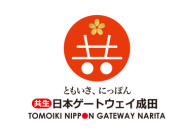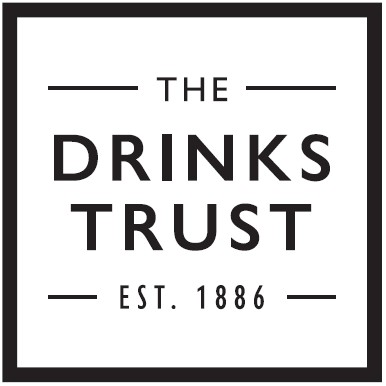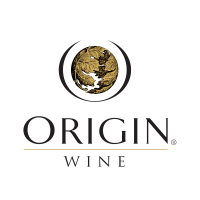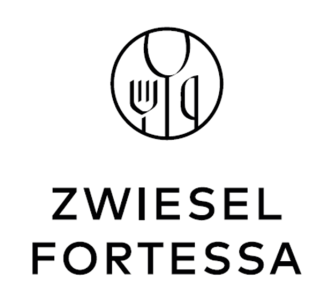Remember the pandemic? When the world shut down in 2020, wineries were forced to embrace direct-to-consumer (DTC) sales, hitherto regarded as an optional extra, to avoid financial collapse. From rosé brand Mirabeau to Cava giants Codorniu and Henkell Freixenet, online portals generated vital revenue streams. Yet the COVID-inspired surge, unlike the pandemic itself, is almost a distant memory today. Many in the global trade are asking what comes next. Can DTC ever be more than a niche channel for the (relative) few who do it well?
The numbers tell a mixed story. In the US – widely regarded as the most mature DTC market – winery shipments to consumers still represent an important channel; however, growth has stalled in the post-pandemic context. According to the 2025 report from Sovos ShipCompliant (SVB) and WineBusinessAnalytics, total shipments fell to 6.4 million cases in 2024 – a drop of 10% from the year before – while value declined by 5%, to $3.9 billion. Moreover, a mid-year update for 2025 revealed that volumes slumped a further 12% in the first half of the year (to 2.7 million cases), while value dropped 6%.
However, the headline figures don't reveal everything. For premium wineries, DTC continues to deliver disproportionately high margins, direct relationships and pricing power. Industry benchmarking from SVB shows that premium producers often see the lion's share of their higher-value customer interactions through DTC channels, even if it represents a small percentage of overall sales volume. In other words, the shift isn't simply a reflection of falling demand – it reflects an evolution of how wineries are using DTC.
"The direct-to-consumer model has great potential," notes Origin Wine founder Bernard Fontannaz. "But I feel many things would have to change before it could ever realistically challenge the three-tier model. The barriers to entry, logistical and legal hurdles all remain considerable."
Experience over volume
Yet many producers recognise the challenges, and have no desire to use DTC as a blunt instrument to disintermediate. Instead, wineries – especially smaller businesses – use the channel as a strategic lever, elevating their brand and protecting margins simultaneously.
"One of our key focus areas is bringing people to the South Downs so the cellar door experience will remain absolutely central for us. People see the vineyards, see the winery, learn about the production, and their appreciation and understanding of the wine is so much greater," says Tori Eeles, head of marketing & sales at Wiston Estate.
This is not simply marketing fluff: Eeles reports that around 18 per cent of annual depletions are sold through the cellar door, and a disproportionate share of those are higher-priced wines.
"Customers are always more ready to spend more once they have had the opportunity to taste, and the tours help them understand the value behind the higher priced wines," she adds, observing that storytelling delivered in person is especially effective at conveying the craftsmanship behind premium wines. Meanwhile, the company's DTC arm supports this engagement via two membership programmes – the Wiston Wine Club and the 1743 Club – that combine regular deliveries of bespoke cuvées with exclusive event access.
In Valpolicella, Brigaldara also uses its online portal to drive customer retention and engagement. "Our online shop operates as an international service, and we can ship almost anywhere in the world," explains owner Stefano Cesari. They don't run a formal wine club; instead, they run "promotional campaigns through newsletters for online purchases, which are very well received." Crucially, customs, excise and export compliance are outsourced – a key factor in scaling globally.
Cesari, like many stakeholders who tip their toes into DTC, recognises that it has no future as a mass retail replacement – but it can thrive as a high-touch channel that fosters community and connection. The white-hot growth of 2020 would require another global shutdown, a prospect that no sane person would relish. Yet for the smart, relationship-driven winery, it can become a valuable driver of loyalty and premium margin. Amen to that.

After the Surge: DTC Growth Potential in 2026
The pandemic-inspired DTC surge may have faded, but its role as a premium, niche channel remains significant, argues James Lawrence.

Wiston Estate leads the way in English cellar door tourism










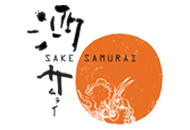
.png)
